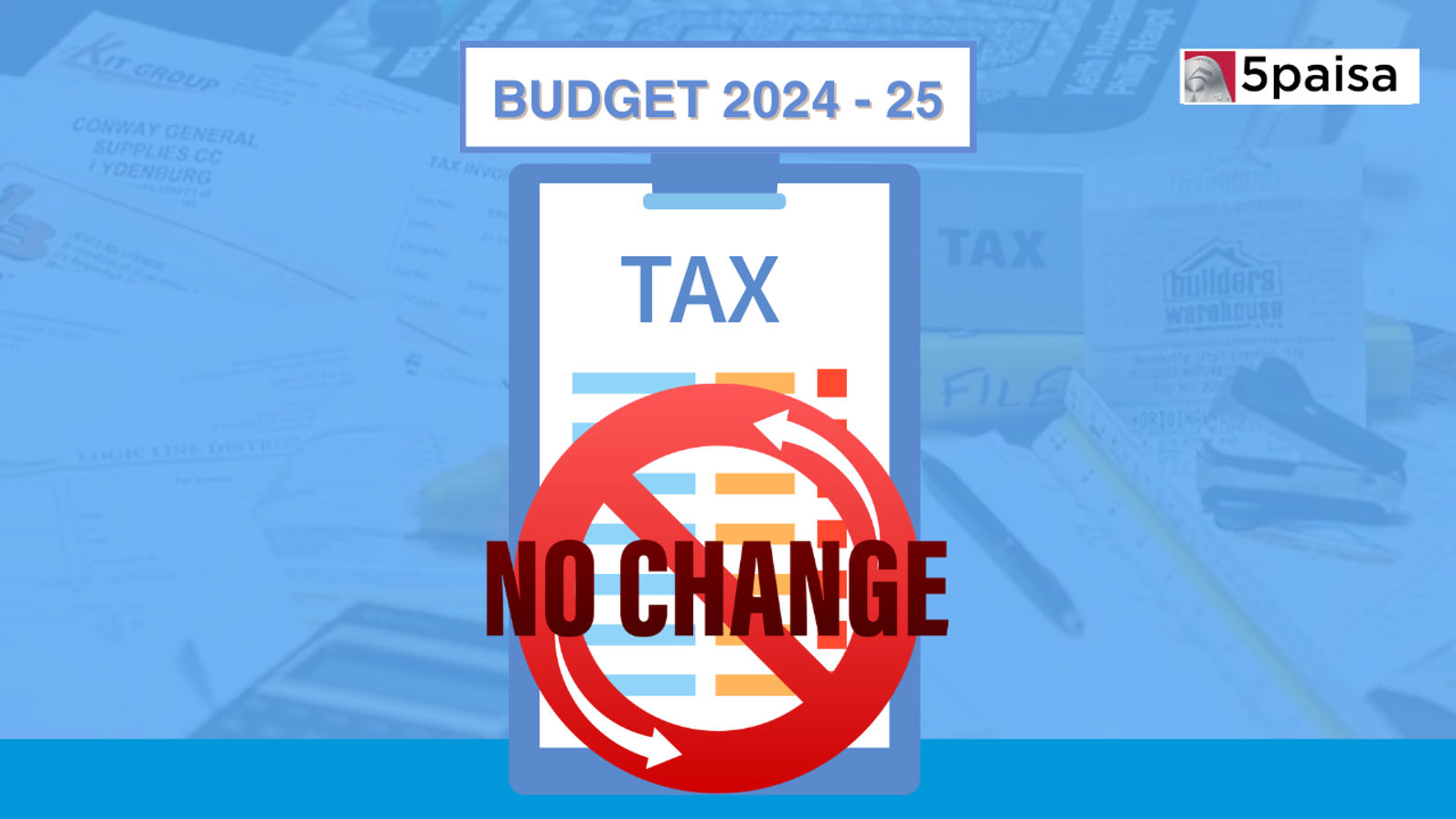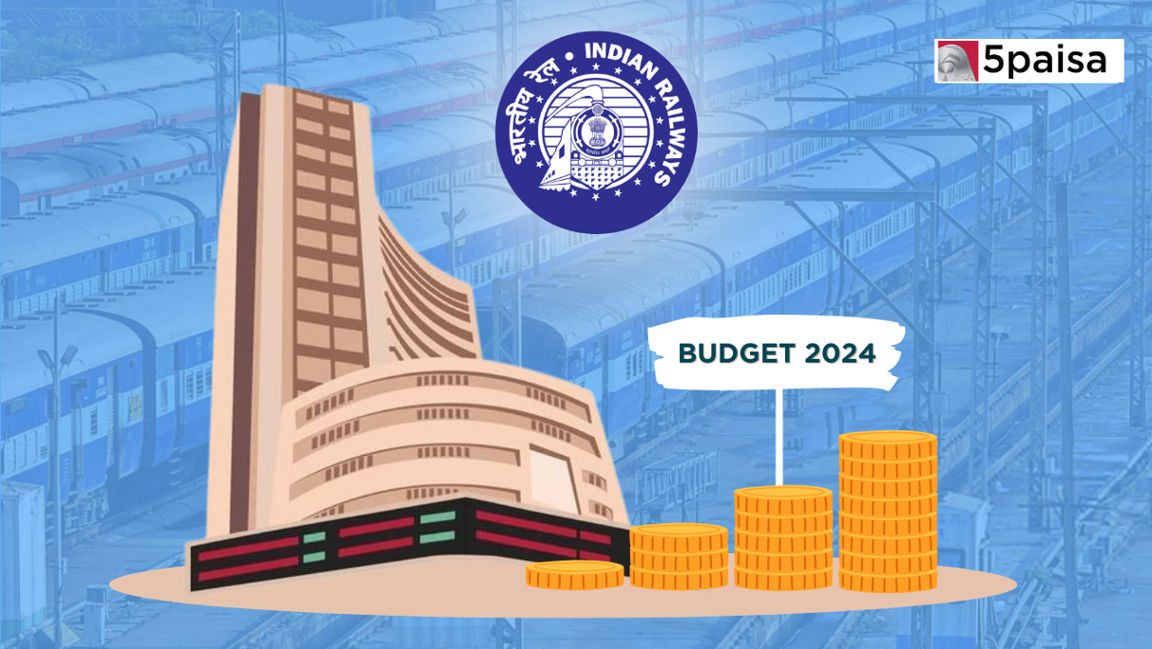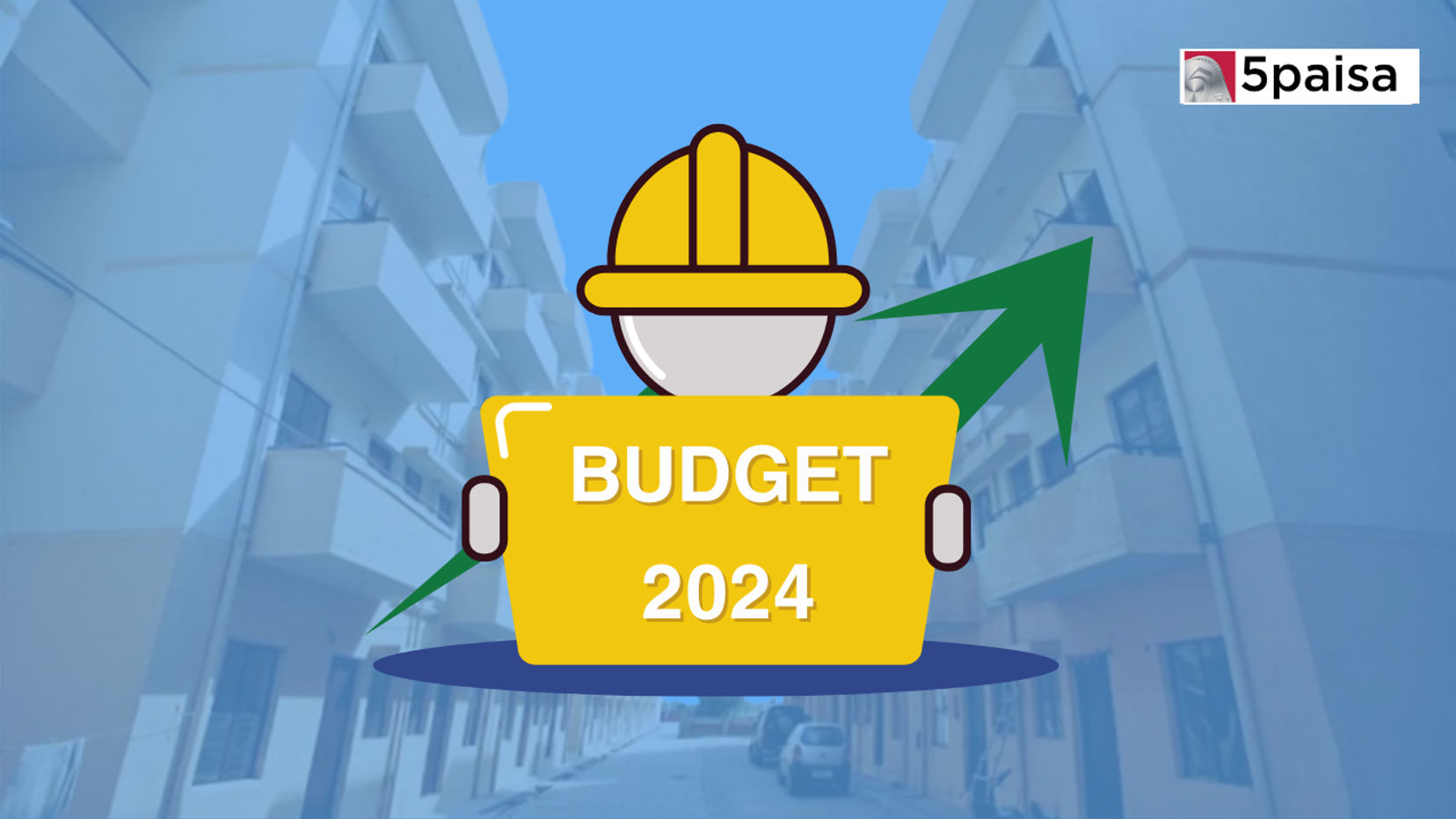Will Budget 2023 Impact the Banking Sector

Banks and financial services companies constitute 36% of Nifty market cap and are virtually the drivers of the economy and markets. It would therefore be instructive to check on the impact of budget on banking sector. Banking expectations are manifold. Apart from the budget effect on banking sector, the markets would be also keen to see the union budget impact on banking sector in the coming year.
The budget effect on banking sector 2023 will depend on how the budget addresses the various demands of the banking sector. Overall, the union budget 2023 effect on banking sector is likely to be salutary in the medium to long run. Here is look at the budget impact on banking sector 2023.
Get GDP growth back on track
The first estimate of GDP growth for FY23 is pegged at 7.0%. That is appreciable in a difficult year, especially considering it is a spread of 200 to 300 bps over the China GDP growth rate. Banking industry is largely GDP driven, especially critical aspects of banking like deposit growth and loan growth.
Robust GDP growth pre-supposes industrial demand and credit demand and hence the credit growth of banks is a multiplier outcome of GDP growth. A clear plan in the budget in the form of industrial incentives can go a long way in boosting GDP growth and give a boost to bank credit. That will be the big demand at a macro level.
Keep fiscal deficit in control
Why do banks expect the government to keep fiscal deficit under control and what is the takeaway for banks from this move. Firstly, when fiscal deficit is under control, borrowings are under control and that means the government has to borrow less from the open market. In the coming year, the estimate of total borrowing is Rs16 trillion which is quite high. As fiscal deficit rises and so does government borrowings, there is less of industrial credit available since commercial banks are the biggest market for government bonds.
Secondly high fiscal deficit also puts pressure on the bond yields and pushes them higher, as we saw in the aftermath of Budget 2022-23. That would mean more pressure on the lending costs as well as the risk of having to write off MTM losses on their bond portfolio due to a spike in bond yields.
Boost consumption via tax breaks
Higher consumption at a retail level can be managed either through higher tax slabs, raising exemption limits or giving more exemptions on capital gains. This will put more money in the hands of the people and encourage them to spend on consumer durables, thus encouraging consumer lending.
Today, banks are focusing on retail portfolio, especially consumer loans. Lowered costs of lending and higher exemptions under Section 24 of the Income Tax Act will mean more demand for home loans and car loans. Overall, a robust retail demand would mean more profitable focus on retail portfolios for the banks.
Tax incentives for digital innovations
In last few years, banks operated in a dynamic environment amid rapid technology changes. The emergence of VDA (virtual digital assets), UPI (unified payments interface) and CBDC (central bank digital currency) are challenges to the banking system. FinTech companies are emerging as a direct competition to banks with focus on digital innovations.
Banks want the budget to provide special incentives to Indian banks so that, apart from their core lending focus, banks are also able to upgrade their skills and portfolios digitally. A tax break, on the lines of R&D accelerated depreciation allowance for pharma companies, can go a long way.
Encouraging Indian banks to launch RuPay cards
In a world dominated by global payment franchises like Visa, MasterCard and AMEX, 2 Indian innovations accelerated digital participation; RuPay card and BHIM-UPI. Incidentally, there is a huge cost that banks incur in opening zero balance accounts, offering them RuPay cards and enabling fund transfers via BHIM UPI interface. More so, since most of these transactions are of low denomination and banks must go out of pocket.
Banks are willing to promote RuPay cards as a default choice but want government offering subsidies and incentives so that they do not go out of pocket. As India stands on a digital threshold, this is a key budget hope. RuPay cards and BHIM UPI are best representations of Indian financial inclusion. Considering it is such a milestone at a macro level, banks want this entire activity to be incentivized and subsidized by the government.
Measures to strengthen the process in NCLT
One of the challenges for banks is that, while recovery ratios under NCLT are encouraging, the time taken is just too long. They expect progress on enabling some of the measures to simplify the NCLT process and also legal changes so that quicker resolution can be enforced. The legal system needs to be strengthened to expedite quicker recovery in case of NPAs. The banks have also demanded the establishment of a dedicated National Asset Reconstruction Company with several tax concessions.
Capital infusion on a sustained basis for banks
The government had displayed nimbleness and foresight in raising the budgetary capitalization outlay for banks in the last 8 years. Banks want another generous allocation in FY24 to combat the challenges of a deepening global economic downturn that could impact India’s economic recovery.
Banks also foresee the risk of rising industrial NPAs and export NPAs in such an eventuality. The banks are also expecting a pool of low cost capital they can fall back upon including lines of credit from the government, apart from incentives from the government to enable PSU banks to raise capital in the market.
Additional demands of Indian banks
Apart from specific expectations of banks above, there are miscellaneous demands of banks from Budget 2023-24. They want tax concessions to help in promoting co-lending, which is picking up rapidly. Banks also want the introduction of “HAPPY cards” for NRIs linking Aadhar and passport. This will allow digital submission of KYC documents. At a macro level, banks will welcome any measure to smoothen credit flow to the agricultural sector.
Disclaimer: Investment/Trading in securities Market is subject to market risk, past performance is not a guarantee of future performance. The risk of loss in trading and investment in Securities markets including Equites and Derivatives can be substantial.
 Tanushree Jaiswal
Tanushree Jaiswal



